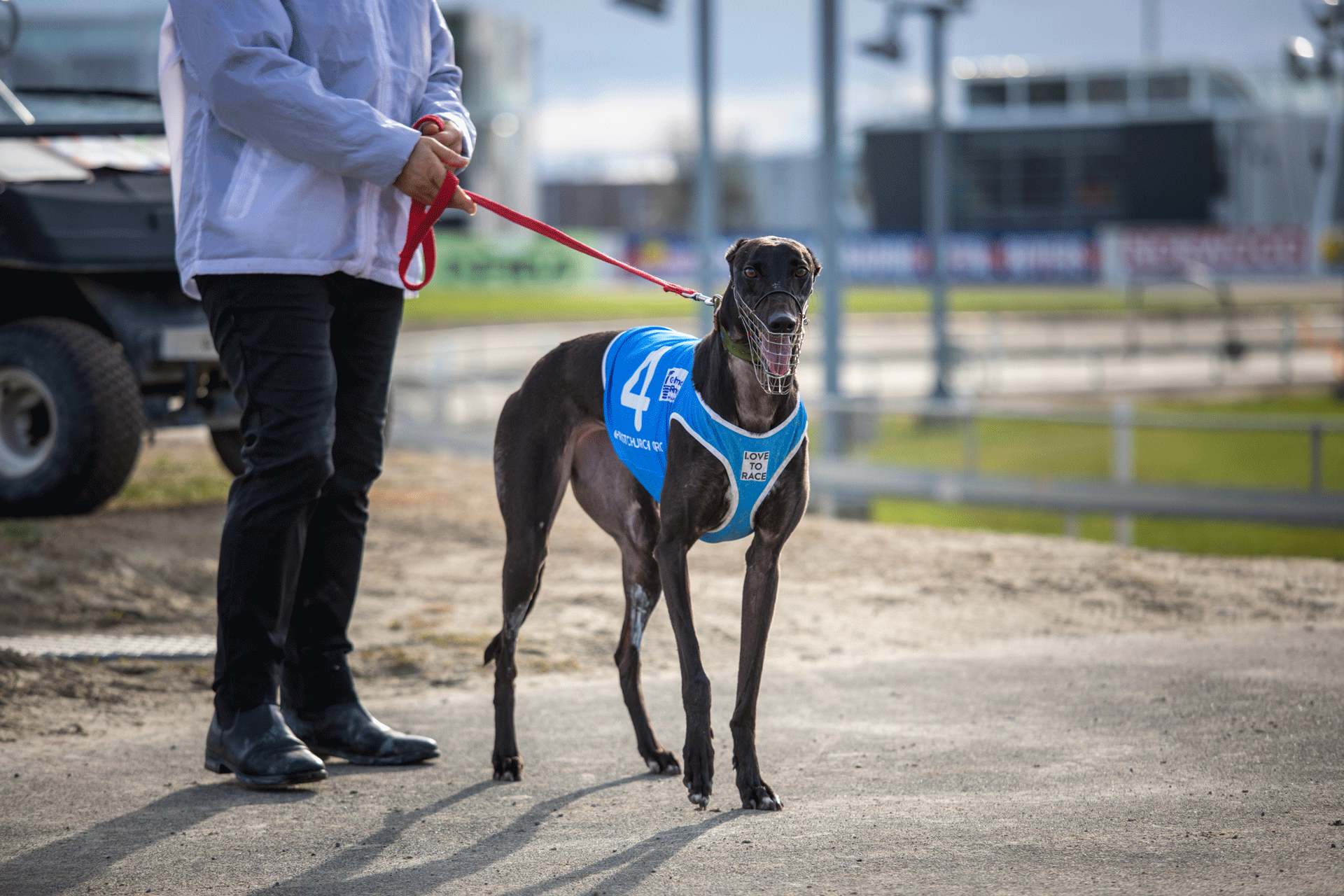Greyhounds are one of the worlds oldest dog breeds, some argue that the breed can be traced as far back as Ancient Egypt. Greyhounds were highly regarded due to their impressive eyesight and speed and made great hunting companions. Their gentle nature, affection and loyalty to their owners made them a very noble breed.
For an extended period, greyhounds were given a royal status, favoured by Kings and Queens of England, including King Canute, King Henry VIII, and Queen Elizabeth I. King Canute actually made a law in the early 1000’s stating that greyhounds were only reserved for the aristocracy.
As hunting became less of a necessity and more of a hobby in England, greyhound coursing began as as sport and soon rivaled horse racing in popularity. Farmers would have meets on their farms to help control the rabbit population. Some meets, like the Waterloo Cup, are still held today.
The introduction of Greyhounds to New Zealand
The very first greyhound to set foot on New Zealand shores, came aboard the Endeavour in 1769. The greyhound shared the botanist Sir Joseph Banks’ cabin, and chased down small game during the day for the botanist.
The first hares were brought to New Zealand in 1868 at the behest of Governor Sir George Grey and were released around the country as hunting quarry. However, their prolific breeding quickly made them a pest for farmers who began importing British greyhounds to help control them. Coursing competitions between farms was the inevitable result.
Coursing developed rapidly as a sport. The first clubs were founded in Southland in 1876, and the New Zealand Federation of Coursing Clubs was formed in 1877. The first Waterloo Cup was run near Oamaru in 1879. Many saw live coursing as cruelty to hares and it was banned in 1954.
How did Greyhound Racing come about?
Greyhound racing began in 1934. The lure consisted of a stuffed hare, an upturned cycle, a bit of rope, and two men feverishly pedalling it. Nowadays these lures are mechanical and are made from synthetic, animal-friendly materials.
In 1970, the Queen and Duke of Edinburgh, who had a keen interest for greyhound racing, was offered a promising young New Zealand greyhound as a gift by the Auckland Greyhound Racing Club. It was proposed that an annual race be held here in the Duke's honour. He immediately offered a beautiful solid silver collar as the trophy, which arrived from the Royal Jewellers of London. The Duke of Edinburgh Silver Collar race is still run each year, and remains one of the sport's most coveted titles.
In 1981, greyhound racing was finally granted access to full off-site totalisator betting and the TAB. This led to a new public profile for greyhounds. Public interest increased further with the advent of Trackside Television in 1992.
The 2017 winner of the Duke of Edinburgh Silver Collar Race, Ring the Bell
Greyhound adoption and Rehoming Programmes
In 2006, the Greyhound Adoption programme (Greyhounds as Pets) was founded by Greyhound Racing New Zealand. Since then, over 2000 greyhounds have found their forever homes. The adoption programme proved very successful, and new adoption agencies began coming on board.
In 2018, Greyhound Racing New Zealand increased it’s involvement in the rehoming space even further, by creating the Great Mates Rehoming Programme; dedicated to preparing each greyhound for their new lives as pets. The Great Mates initiative included setting up three kennel bases across the country for optimal accessibility and presence, a complete refurbishment of the Great Mates flagship kennel in Levin, resources to cover operational costs of each kennel, vet and dental bills for each greyhound, supplies for each kennel and dog including toys, coats, bedding etc. and wages for Great Mates behaviourists, handlers and supervisors.
The Great Mates Rehoming Programme has since increased its capacity by more than 50% across the entire country to ensure that more greyhounds are able to be rehomed, and have had additional adoption agencies come on board.
Refurbished Kennels at Great Mates Levin




